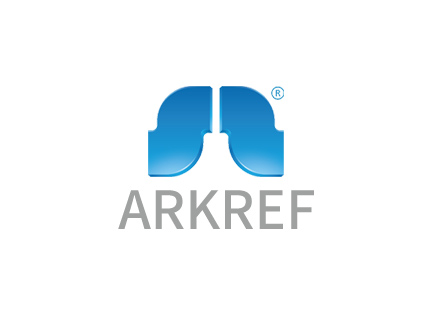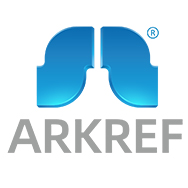Key Innovations in Industrial Chillers for Manufacturing and Data Centers
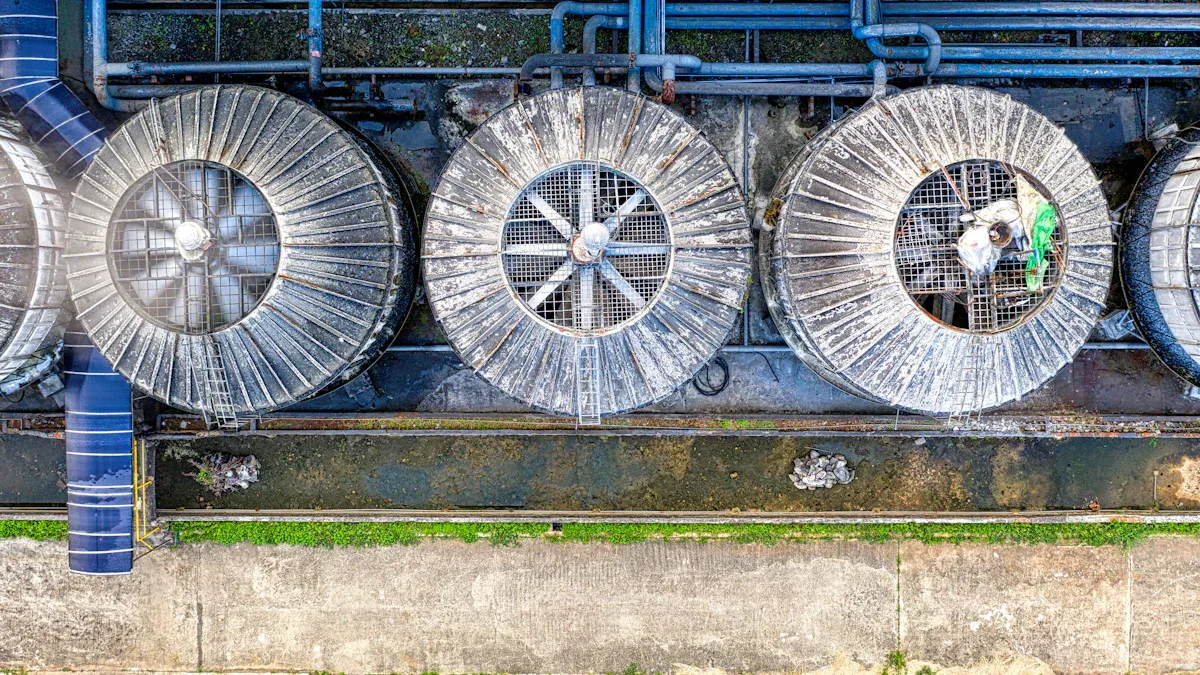
Recent changes in chiller technology have changed cooling for factories and data centers. Companies now use AI-driven controls, liquid cooling, and heat recovery to save energy and help the environment. For example, big data centers in Europe can get power usage effectiveness (PUE) as low as 1.1. Liquid cooling can lower cooling power needs by more than 30%. The table below shows clear improvements from these new ideas:
Region/Company | Metric/Innovation | Numerical Improvement | Description |
|---|---|---|---|
Europe (Germany) | PUE standard | PUE ≤ 1.5 by 2027 | Required upgrades in cooling and power systems |
Hyperscale data centers | PUE achievement | ~1.1–1.2 | Very high efficiency |
Liquid Cooling | Cooling power reduction | >30% reduction | Saves energy and helps reuse heat |
New ideas in chiller systems are now very important. They help companies meet tough efficiency rules and get ready for the future.
Key Takeaways
New chiller technologies use AI controls, liquid cooling, and heat recovery. These features help save energy and lower costs in factories and data centers.
Using natural refrigerants like CO2 and propane helps the environment. They lower carbon emissions and do not harm the ozone layer.
Smart systems with AI and IoT make chillers more reliable. They find problems early and help reduce downtime and repair costs.
Modular and compact chillers are flexible and save space. They can grow with business needs and help cut energy use.
Hybrid chillers use heat recovery and precision cooling methods. These features make them more efficient, lower bills, and help green building goals.
Chiller Industry Challenges
Energy and Cost Pressures
Manufacturers and data centers pay more for energy each year. Chiller systems use a lot of the total hvac budget. Many places must follow strict energy rules. Operators want chillers that cut power bills and use less energy. Old chillers use more power and break down often. New hvac systems have smart controls and variable speed compressors. These features help companies save money and keep things running. Facility managers watch real-time data to find problems early. They use this data to change chiller settings and save money.
Tip: Doing regular maintenance and upgrades helps chillers last longer and use less energy.
Sustainability Demands
Sustainability is now a big part of building decisions. Companies want to lower their carbon footprint and help decarbonisation. Chillers are important for reaching these goals. Many groups pick chillers with low-global-warming refrigerants. Some places buy hvac systems that reuse waste heat or use renewable energy. These steps help companies follow laws and meet customer needs. The push for greener chillers brings new designs that use fewer resources and make less pollution.
Companies often pick chillers with high energy ratings.
Many places check emissions from their hvac systems.
Some groups join green building programs to show they care.
Reliability Needs
Reliable cooling is very important for factories and data centers. Chillers must work all the time to protect equipment and products. Unplanned downtime can cause big losses. New hvac systems have smart sensors and remote monitoring. These tools help teams find problems before they get worse. Many companies use backup chillers to keep things running. Regular checks and predictive maintenance make chillers more reliable. Facility managers use hvac data to plan repairs and stop breakdowns.
Note: Buying reliable chillers lowers risk and helps businesses grow over time.
Eco-Friendly Chillers
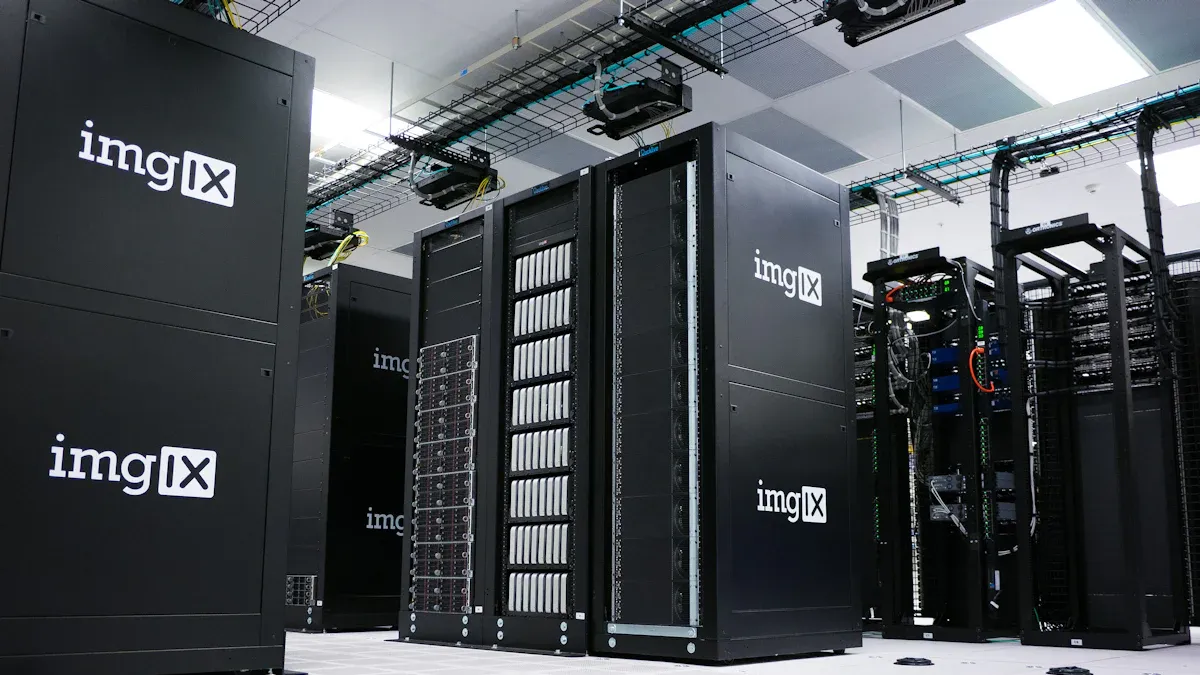
Natural Refrigerants
Factories and data centers now pick chillers with natural refrigerants. These help make cooling better for the planet. Some examples are CO2 and R290, which is propane. These refrigerants work well and do not harm the environment much. Transcritical CO2 systems can raise the COP by about 31%. They still work well even when it is hotter than 40°C. CO2 chillers do not hurt the ozone layer. They also have almost no global warming effect. They move heat very well, so they save energy.
Propane, or R290, is another good choice for the environment. It is better than old refrigerants like R404A. R290 chillers have a 7% higher COP. They also have 17% better exergy efficiency. These chillers lower carbon emissions by almost 100%. The table below shows how much better R290 is:
Performance Metric | R290 (Propane) vs R404A Comparison |
|---|---|
Coefficient of Performance (COP) | 7% higher for R290 |
Exergy Efficiency | 17% increase for R290 |
Exergy Losses | 0.043 kW lower total exergy losses in R290 system |
Equivalent Carbon Emissions | 99.92% reduction with R290 |
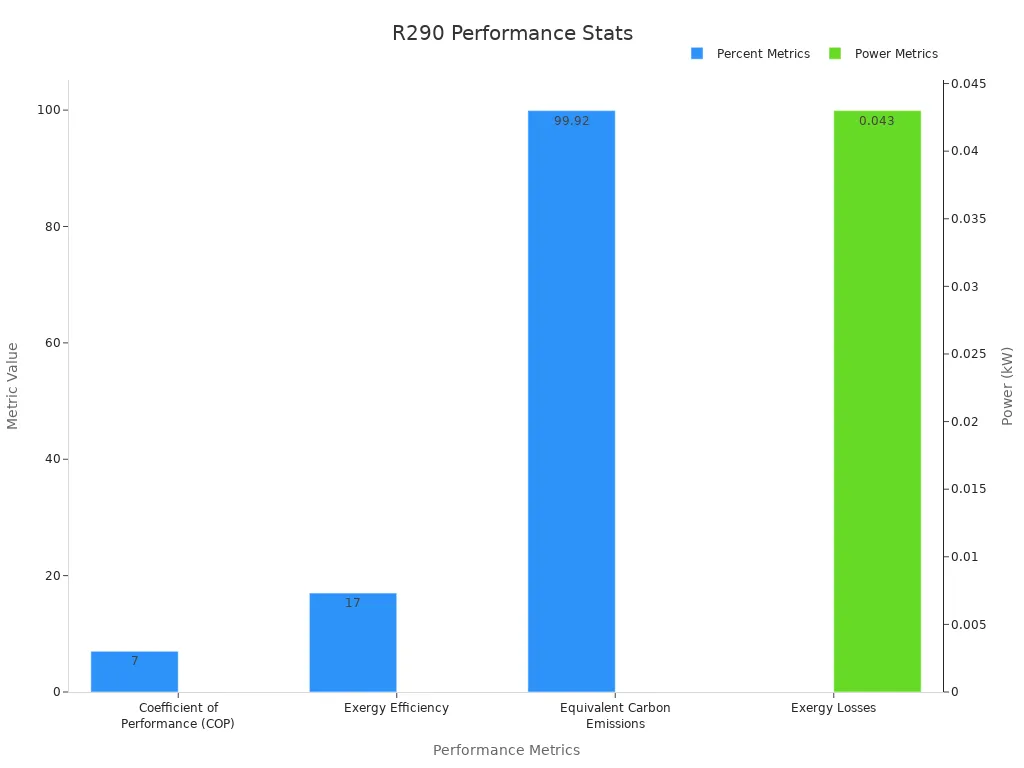
Regulatory Trends
New rules make companies use chillers that are better for the earth. In South Korea, strict laws and energy rules push companies to get greener chillers. Money rewards and help from the government make these changes happen faster. The South Korea Industrial Water-Cooled Chiller Market was worth $9.45 billion in 2024. It could grow to $13.72 billion by 2033. The growth rate is about 4.9% each year from 2026 to 2033. More factories, chemical plants, and electronics companies need chillers. Companies must follow new rules about refrigerants and energy use. This makes the market choose chillers that are better for the environment.
Note: Keeping up with new rules helps companies stay strong and meet world goals for the environment.
Smart Chiller Tech
AI-Driven Maintenance
AI-driven maintenance has changed how companies look after chillers. These smart systems use sensors to watch for problems. They can tell when a chiller might break soon. Teams can fix things before they stop working. Many factories and data centers use AI to check chillers every day. This helps keep hvac equipment working well. It also saves money for the company.
The table below shows how AI-driven maintenance helps chillers work better:
Metric | Description |
|---|---|
Mean Time Between Failures | 75% improvement for critical components such as chillers and air handlers |
Repair Time Reduction | Up to 50% decrease in repair times |
Annual Cost Savings | $5,000–$10,000 saved per site due to reduced downtime and energy waste |
Energy Savings | 4% reduction in energy consumption through optimized system performance |
Return on Investment (ROI) | Full ROI achieved within one year for companies adopting AI-driven platforms |
Facility managers see fewer breakdowns and faster repairs. They also pay less for energy. AI-driven maintenance helps companies get more from their chillers and hvac systems.
Tip: Companies using AI-driven maintenance often get their money back in less than a year.
IoT Monitoring
IoT monitoring gives real-time data about chillers and hvac systems. Sensors check temperature, pressure, and energy use. This information goes to a main dashboard. Operators can find problems early and fix them fast. IoT tools help teams keep chillers working their best.
Many companies use IoT to link all their chillers together. This makes it easy to manage big hvac systems. Teams can check each chiller from anywhere. IoT monitoring also helps with fixing problems from far away. This means less time spent at the site and fewer service visits.
IoT monitoring helps chillers run longer without stopping.
Teams can plan repairs using real data.
Companies save money by not needing emergency fixes.
IoT and AI together make chillers and hvac systems smarter, more reliable, and more efficient.
Modular and Compact Chillers
Scalability
Many factories and data centers need cooling that can grow. Modular chillers give a flexible way to do this. Companies can add or take away units as needed. This helps them avoid spending too much money at first. They do not have to buy big chillers right away. Instead, they can make their hvac systems bigger over time.
Modular chillers also make fixing things easier. If one chiller breaks, the others keep working. This means less downtime and safer equipment. Facility managers can plan repairs without stopping everything. Modular chillers work in new and old buildings.
Tip: Modular chillers let companies match cooling to what they need. This saves energy and money.
Space Efficiency
Modern factories and data centers often have little space. Compact chillers help with this problem. These units fit in small areas but still work well. Many compact chillers use new technology for more cooling in less space. This design gives more room for other things.
A table below shows how compact chillers and traditional ones compare:
Feature | Compact Chillers | Traditional Chillers |
|---|---|---|
Footprint | Small | Large |
Installation Time | Short | Long |
Maintenance Access | Easy | Moderate |
Energy Efficiency | High | Medium |
Compact chillers also make it easy to change hvac systems. Teams can move or add units when needed. This helps when production or layouts change fast. Companies pay less to install them and use their space better.
Note: Picking modular and compact chillers helps businesses stay quick and efficient in a changing market.
Hybrid and Energy Recovery Chillers
Heat Recovery
Hybrid chillers are now very important in factories and data centers. These systems mix regular cooling with heat recovery. Operators use heat pumps to catch waste heat from chillers. They send this heat to other places, like for heating water or buildings. This helps companies reach green goals and waste less energy. Hybrid chillers move energy around but still cool things well.
Experts look at some key numbers for heat recovery. They check temperature changes in chiller parts and how well heat moves. Higher coolant return temperatures also show good system work. For example, keeping the supply temperature at 30°C helps chips and cooling. This is what the Open Compute Project suggests. It makes chillers run less and helps chips lose heat faster. By watching temperatures and moving heat better, hybrid chillers prove they work well in real life.
Note: Companies using hybrid chillers with heat recovery can lower their carbon footprint and support local energy needs.
Energy Savings
Hybrid chillers save a lot of energy in many places. Studies show that mixing thermosyphon and vapor compression helps. This gives higher energy efficiency ratios and uses less energy each year. The table below shows results from new studies:
Location | EER Before Optimization | EER After Optimization | Energy Savings Rate (%) | Notes |
|---|---|---|---|---|
Kunming | 8.24 | 20.61 | N/A | EER improvement after optimization |
Guangzhou | 4.41 | 6.42 | N/A | EER improvement after optimization |
Harbin | N/A | N/A | Up to 47% | Hybrid system in severe cold area |
Guangzhou | N/A | N/A | 5.4% | Hybrid system in hot summer/warm winter area |
Various Climates | N/A | N/A | 25% to 60% | Air-cooled thermosyphon system savings |
Guangzhou | N/A | N/A | 49% | Ventilation cooling system savings |
Hybrid chillers help companies spend less on energy. They also make cooling work better all year. These systems change as weather and needs change. This makes them a smart pick for new buildings. Facility managers see lower bills and steady cooling.
Tip: Investing in hybrid chillers can lead to long-term savings and a smaller environmental impact.
Precision and Immersion Cooling
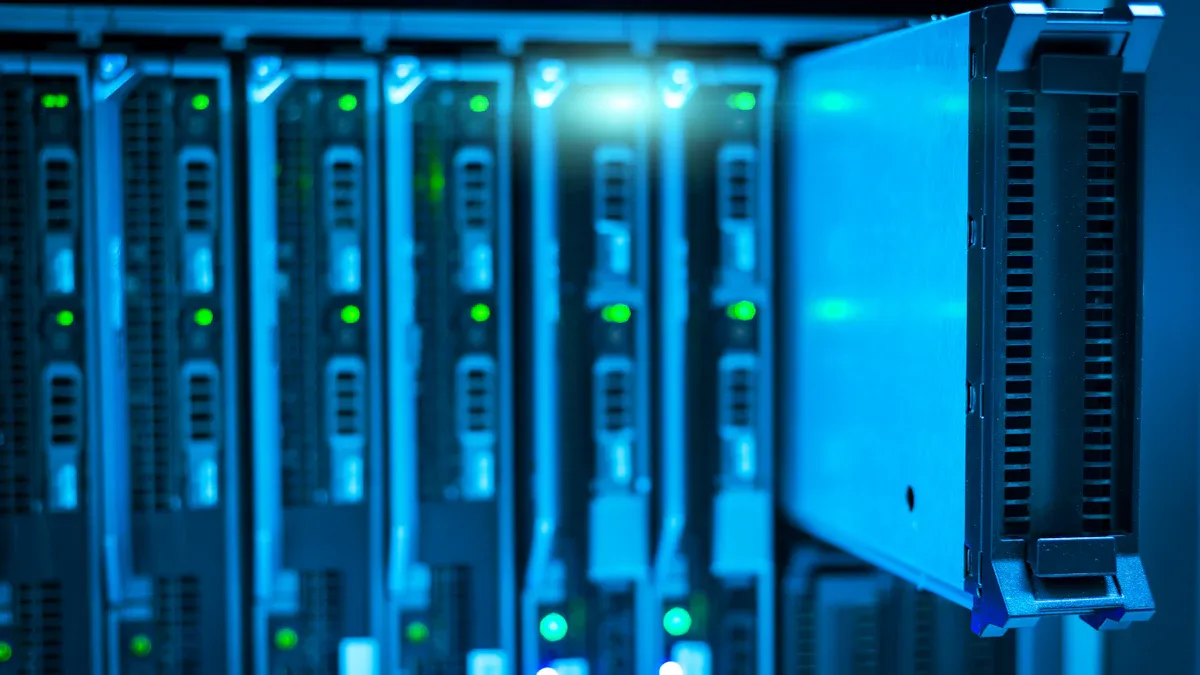
Data Center Solutions
Precision cooling is now very important for data centers. These places get hotter because of AI and powerful computers. Old air cooling systems often cannot handle all the heat. Immersion cooling and direct-to-chip cooling work better for this problem. These new ways use special fluids to take heat away from the hardware. This helps stop overheating and keeps equipment safe.
Immersion cooling, especially single-phase types, works well in real data centers. More than 70% of data centers use less electricity after switching to immersion cooling. Temperature control gets 55% better for edge and high-performance computing. Over half of big data centers in North America now use immersion cooling vendors. In Southeast Asia, about 62% of new data centers use immersion cooling. The chart below shows how well immersion cooling works:
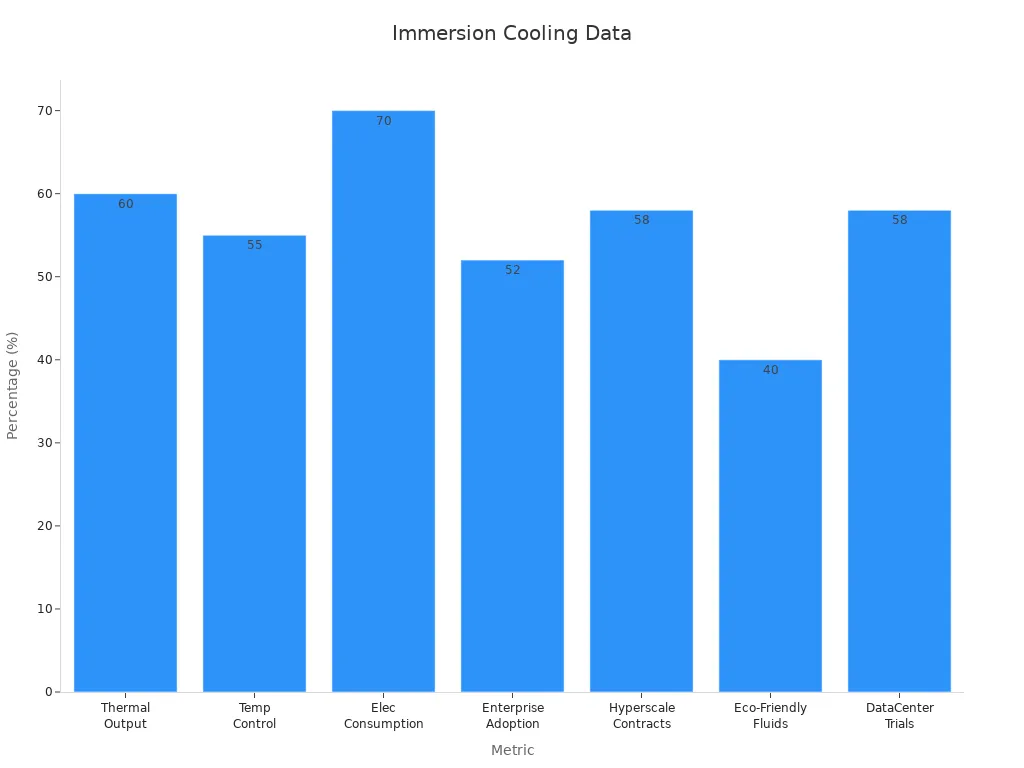
Operators use AI and machine learning to make cooling better. These systems change fan speeds and voltage right away. This saves energy and stops hot spots from forming. The thermal management market is growing quickly. This is because data centers want to be greener and handle more work.
Manufacturing Applications
Manufacturers also use precision and immersion cooling to help their work. These systems keep temperatures steady in places like chip factories and medicine plants. Immersion cooling gives a safe temperature for equipment and makes products better. Many factories now use eco-friendly fluids. This helps both performance and the environment.
More manufacturers pick modular chillers with precision cooling. These systems can change as production needs change. They also help save energy. Using these cooling solutions lowers costs and helps companies go green. This helps them follow strict rules and keep things running well.
Metric / Aspect | Data / Statistic |
|---|---|
Thermal output increase for AI workloads | Over 60% higher than general-purpose computing |
55% better for edge and HPC deployments | |
Electricity consumption reduction | Over 70% of data centers reported lower electricity use after switching to single-phase immersion cooling |
Enterprise adoption in Asia-Pacific | Approximately 52% incorporating immersion cooling for high-performance workloads |
Tip: Precision and immersion cooling help data centers and factories work better, save energy, and protect the environment.
Industrial Air Chiller Market Trends
Market Growth Drivers
The industrial air chiller market is getting bigger each year. Many factories, chemical plants, and data centers need better cooling. These places want chillers that keep things cool and protect important machines. Saving energy and helping the planet are also big reasons for this growth. More companies pick chillers that use less power and follow green rules.
New technology is making chillers even better. Some chillers now have IoT features and can be built in parts. These updates help companies watch how chillers work and add more if needed. Smart controls and smaller parts make chillers good for new buildings.
The table below shows how the market is growing and getting larger:
Year/Period | Market Size (USD Billion) | CAGR (%) | Source/Notes |
|---|---|---|---|
2024 | - | QuantumVision Technologies | |
2025 | 5.0 | The Business Research Company | |
2029 | 6.51 | 5.6 | The Business Research Company |
2032 | 16.5 (Industrial Chillers Market, broader category) | 4.4 | InvestorsHangout |
2033 | 12.53 | 5.8 | QuantumVision Technologies |
Note: The industrial air chiller market keeps getting bigger. Growth rates are between 4.4% and 5.8% depending on the year and source.
Some main reasons for this growth are:
More need for energy-saving cooling in factories and data centers.
Stricter rules to protect the environment.
Growth in chemicals, petrochemicals, and electronics.
More use of IoT and smart monitoring.
These facts show the market will keep growing as companies update their systems and care more about the planet.
Regional Insights
Different places in the world help the market grow in different ways. Asia-Pacific is growing the fastest. This is because more factories are being built and people want better cold storage. Countries here spend a lot on new buildings and data centers. This means they need more advanced chillers.
North America is still a strong market. Good economies, big companies, and clear rules help it grow. The area also uses more electricity, especially when it is very hot. This makes factories and data centers need more cooling.
Europe cares a lot about saving energy and following green rules. Companies here must use chillers that are better for the earth. The market grows slowly but many businesses want to meet or beat the rules.
Other places have different needs. Local money and rules change how much the market grows. Some areas are small now but could get bigger as they build more factories.
The table below shows what helps each region grow:
Region | Growth Drivers and Market Insights | Market Size & Growth Forecast |
|---|---|---|
Asia-Pacific | Fastest growth due to rising disposable income, improving infrastructure, and increased awareness of cold chain management. | Market expanding rapidly; key driver of demand growth. |
North America | Demand influenced by economic development, regulatory frameworks, and market size. | Part of established market with steady growth. |
Europe | Growth driven by stringent energy efficiency standards and environmental regulations. | Moderate growth with focus on regulatory compliance. |
Rest of World | Varied demand influenced by local economic and regulatory conditions. | Smaller market share with potential for growth. |
When it gets very hot, like during heat waves in the Eastern United States, people use more electricity. This makes the need for chillers go up in some places. Also, more computers and data centers mean more cooling is needed than before.
Tip: Companies that learn about each region’s trends and needs can do better in the industrial air chiller market.
Market Forecast and Outlook
Key Growth Sectors
The industrial chiller market is growing in many areas. Manufacturing, data centers, and hospitals are the main users. These places need chillers that work well and save energy. Experts think the market will go from $8.45 billion in 2024 to $12.53 billion by 2033. This means it will grow about 5.8% each year. Asia-Pacific makes up more than 35% of this growth. This is because more factories and buildings are being built there.
The market is split into different groups:
Category | Details |
|---|---|
Product Types | Air-cooled, Water-cooled, Modular, Evaporative Condensing |
Applications | Manufacturing, Plastics, Food & Beverage, Pharmaceuticals, Aerospace |
End-User Industries | Healthcare, Chemical Processing, Data Centers, HVAC, Textiles |
Cooling Capacity | Below 50 KW, 50-100 KW, 100-500 KW, Above 500 KW |
Technology | Conventional, Variable Speed, Magnetic Bearing, Heat Recovery |
Smart buildings and green building rules make more people want chillers. Companies like Carrier, Daikin, and Mitsubishi make new and better chillers. The chiller control panel market could reach $2.4 billion by 2034. It is growing about 6% every year.
Note: Data centers and hospitals need chillers that keep things cool all the time. This makes more people buy advanced chillers.
Future Opportunities
New ideas are changing how chillers work. AI can help guess how much cooling is needed. IoT lets people watch chillers from far away. Remote checks help fix problems before they get big. These tools help save energy and stop breakdowns. Green building rules and ESG reports make companies buy smart chillers.
Asia-Pacific will keep having the most new chillers, especially in China and India. More offices and factories mean more chillers are needed. Some problems are high prices at first and keeping chillers safe from hackers. Still, saving energy and using smart tech is very important.
Some big chances for companies are:
Using variable speed and magnetic bearing tech.
More modular and small chillers for easy setup.
More people want chillers that save heat and energy.
Tip: Companies that use smart and efficient chillers will do better as the market changes.
New chiller technology is changing how factories and data centers work. These new ideas help save energy and protect the planet. They also help companies do better than others. Here are some things leaders can do:
Buy smart chiller systems for their buildings.
Watch for new rules and changes in the market.
Teach workers about the latest cooling methods.
Using the newest chiller technology helps companies do well for many years.
FAQ
What are the main benefits of using modular chillers?
Modular chillers let companies add or take away units. This makes it easy to change cooling when needed. It helps save money and stops long shutdowns. Businesses can match cooling to what they need right now.
How do natural refrigerants help the environment?
Natural refrigerants like CO₂ and propane are better for the earth. They do not hurt the ozone layer. These choices have low global warming effects. Companies use them to follow strict green rules and cut carbon.
Why do data centers prefer immersion cooling?
Immersion cooling keeps servers cool and safe. It uses special fluids to pull heat away fast. This saves energy and stops equipment from getting too hot.
How does AI-driven maintenance improve chiller reliability?
AI-driven maintenance uses sensors and smart programs to spot problems early. Teams can fix things before they break. This lowers repair costs and keeps chillers working well.
See Also
Proven Strategies To Maximize Walk-In Chiller Performance
Improving Industrial Cooling Using ARKREF CO₂ Transcritical Systems
Seven Leading Advances Transforming Cold Storage Logistics Today
How Spiral Freezers Drive Innovation Within Industrial Processes
